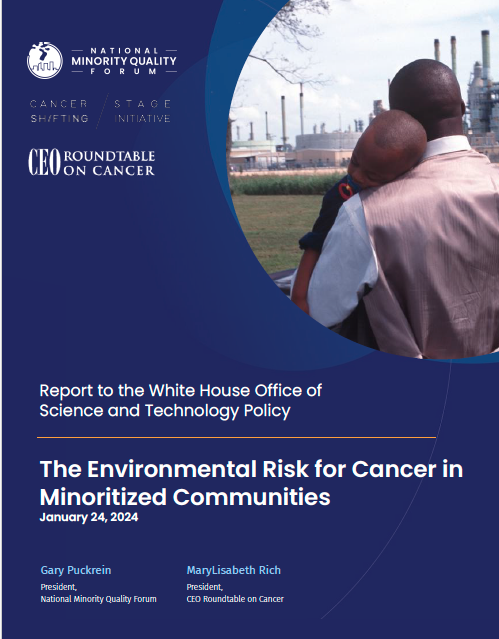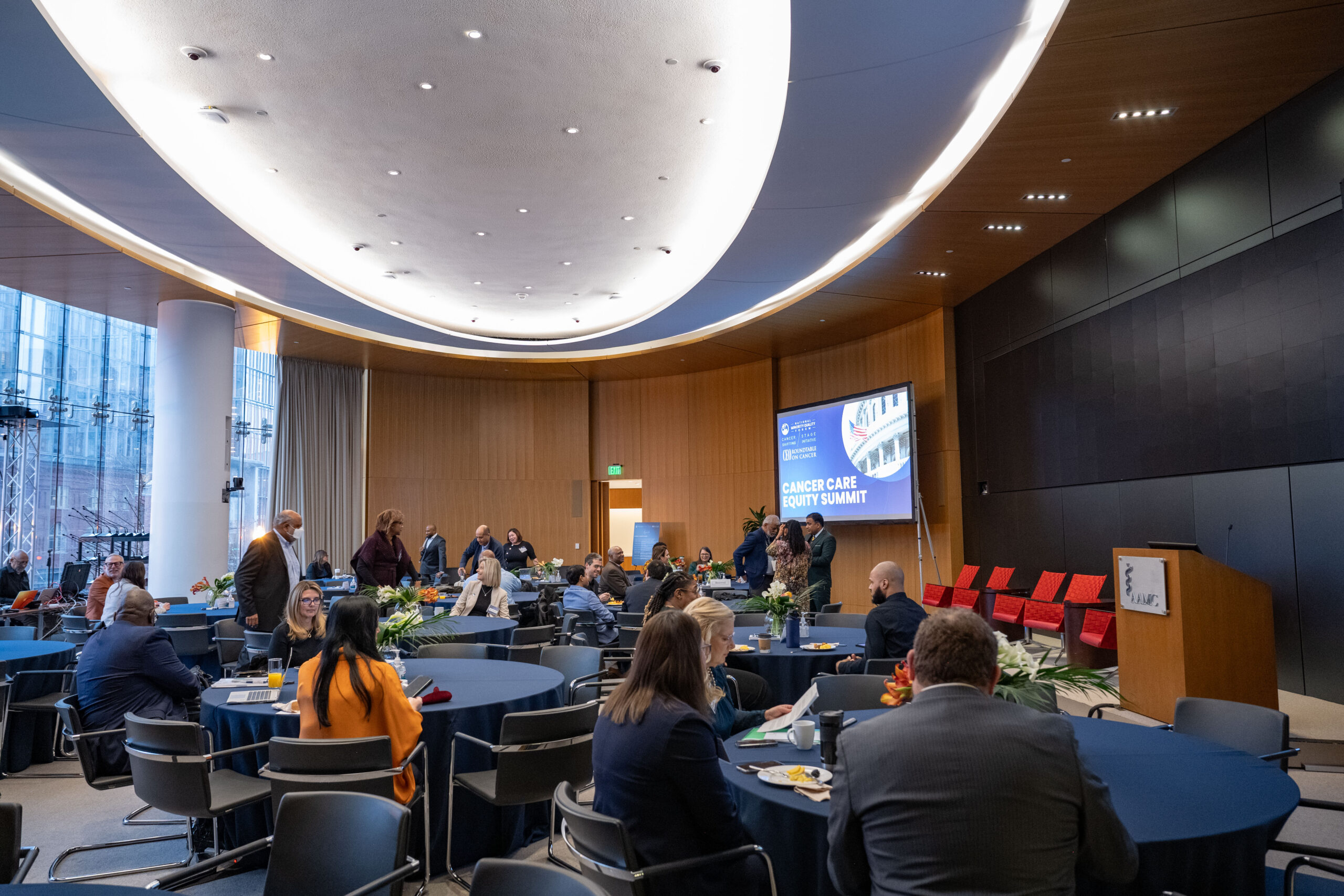

The relationships between cancer, environment, and social status are well documented. Historically marginalized populations often live and work in environments where toxicants in the air, water, and soil elevate their risk for cancer. Since the National Housing Act of 1934 institutionalized racialized housing discrimination, a practice commonly known as redlining, the federal government has played an integral role in keeping communities of color in substandard living conditions. Though the practice of redlining was legally abolished with the Fair Housing Act of 1968, the impacts of redlining are visible to this day. Historically redlined neighborhoods receive less public and private investment, resulting in high poverty rates and deteriorating public facilities.18 These conditions, coupled with poor urban planning, create a perfect storm, raising the risk for cancer and other medical challenges.
Higher rates of carcinogenic vehicular emissions pollute the air of historically redlined communities. Their residents live with industrial pollutants in the air and soil, along with greater amounts of asbestos and other toxins. Beyond this, racial and ethnic minorities makeup 56% of the people living within 3 kilometers of a carcinogenic waste-producing site, while a majority of communities of color are at high risk for lead exposure through their water.
For instance, the latest National Air Toxics Assessment (NATA) report conducted by the Environmental Protection Agency (EPA) found 12 hazardous air toxics that raised the risk for cancer by an estimated 98.3%. Further analysis highlights disparities in the distribution and impact of these air toxics, based on factors such as race, ethnicity, and segregation. People of color often live in impoverished and polluted neighborhoods, many of which have dense industrial facilities, resulting in heightened exposure to harmful air toxics.






